The explosion of the Internet and social networks has made user-generated content increasingly popular, and at the same time led to a widespread wave of fake news and unofficial news.
This false information not only causes confusion among people in sensitive areas such as health, natural disasters, public policy, etc., but also leads to serious consequences such as economic losses, loss of organizational reputation, and threats to national security.

VeGraph is an information verification method researched and developed by a team of engineers at Viettel Data Services and Artificial Intelligence Center (Viettel AI) (Photo: Viettel AI).
If in the past, this information only had an impact at a certain time and scope, now it is becoming increasingly dangerous when it becomes part of the input data for artificial intelligence (AI) systems. In the process of searching and collecting information to respond to users, systems such as chatbots and virtual assistants are completely capable of using, creating or spreading false information if they do not have the ability to self-verify.
Fact-checking is the process of verifying whether a piece of information is true or false. For example, the goal of fact-checking the statement “NASA has found life on Mars” is to check whether the information is based on published facts, through reliable sources such as newspapers, scientific data, or knowledge bases.
To self-verify information, AI systems must be able to understand sentences, find relevant information, and draw logical conclusions based on objective data.
VeGraph (Verify-in-the-Graph) is an information verification method researched, developed and presented by a team of engineers at Viettel Data Services and Artificial Intelligence Center (Viettel AI) at NAACL 2025 - one of the three leading international conferences on natural language processing.
Experimental results on two popular validation datasets, HoVer and FEVEROUS, show that VeGraph improves accuracy by 2-5% compared to existing methods.
Most current fact-checking methods still have difficulty handling ambiguous, metaphorical, or multi-layered statements, which are often used to "camouflage" false information, and cannot clearly explain why a piece of content is considered false, making it difficult for users to trust the results.
Many methods also rely heavily on large language models (LLMs) that lack the ability to cross-check with authoritative knowledge sources, leading to the risk of generating false conclusions, also known as "hallucination".
Unlike tools that only make internal inferences within the model, VeGraph proactively breaks down the information verification request into small propositions and then compares them with reliable references such as legal documents, government databases, specialized documents, etc. The entire verification process is systematized into clear steps, making it easy for users to track and check, increasing accuracy - an increasingly important factor in AI applications. This feature also enables organizations to quickly adjust and improve the system when needed.
Aiming for a transparent and secure digital environment, VeGraph is highly appreciated for its practical application. In addition to the ability to integrate into AI systems to increase accuracy, this technology can be developed into an information verification system in many fields such as healthcare, journalism, law or state management... Thanks to that, people can self-verify important information that requires high authenticity such as current news, information about drugs, vaccines, pharmaceuticals, or legal regulations...
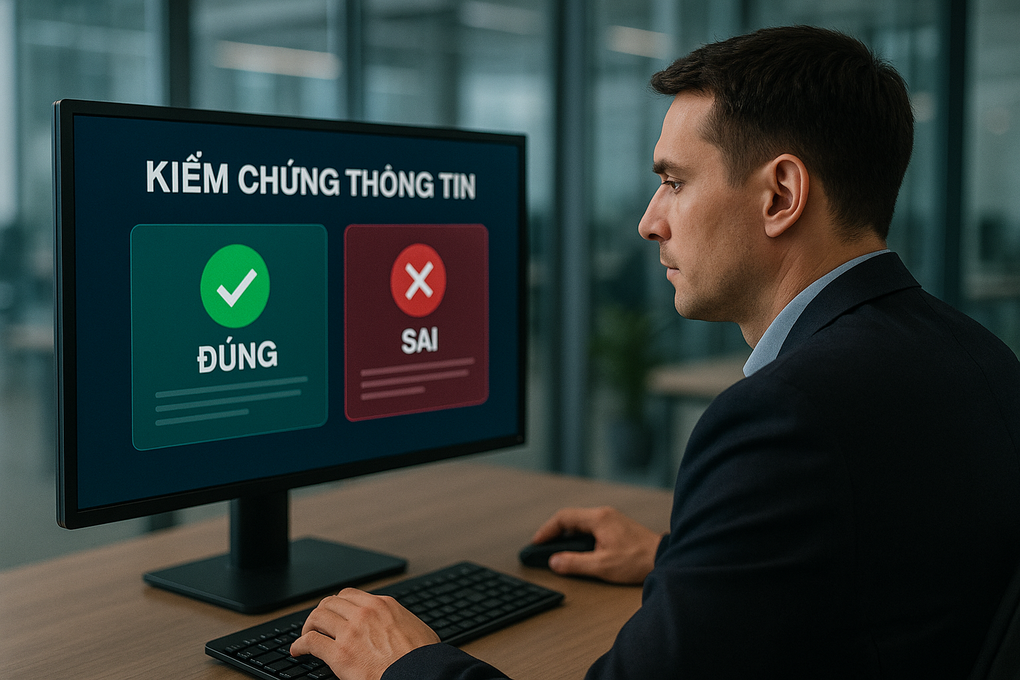
Systems such as chatbots and virtual assistants are fully capable of using, creating or spreading false information if they are not capable of self-verification (Photo: Viettel AI).
In the future, VeGraph will be expanded to handle diverse data formats such as images, videos, audio, etc., recognize complex language forms such as metaphors, implications, and incorporate knowledge graphs to improve reasoning capabilities.
NAACL 2025 (Annual Conference of the Nations of the Americas Chapter of the Association for Computational Linguistics) is the world's leading scientific forum in the fields of natural language processing and computational linguistics.
This year, the conference attracted over 3,000 papers, with a very competitive acceptance rate for mainstream papers (around 22%), bringing together the most groundbreaking research. NAACL 2025 focuses on breakthrough advances in large language model development, cross-cultural and multilingual natural language processing, emerging inference capabilities, and responsible AI.
Viettel AI is a unit under the Military Industry - Telecommunications Group (Viettel) - a pioneer in mastering and developing products and services in the fields of AI, Big Data, Robotics and Digital Twin.
Currently, the Viettel AI ecosystem includes many product lines with leading quality in Vietnam, trusted and used by many large domestic and international organizations and enterprises.
Source: https://dantri.com.vn/cong-nghe/khi-ai-biet-kiem-chung-thong-tin-buoc-tien-moi-tu-viettel-ai-tai-naacl-2025-20250519084620026.htm



![[Photo] Hanoi students excitedly and joyfully open the new school year 2025-2026](https://vphoto.vietnam.vn/thumb/1200x675/vietnam/resource/IMAGE/2025/9/5/ecc91eddd50a467aa7670463f7b142f5)


![[Photo] The drum beats to open the new school year in a special way](https://vphoto.vietnam.vn/thumb/1200x675/vietnam/resource/IMAGE/2025/9/5/b34123487ad34079a9688f344dc19148)
![[Photo] Opening ceremony of "Digital Citizenship - Digital School" and commitment to civilized behavior in cyberspace](https://vphoto.vietnam.vn/thumb/1200x675/vietnam/resource/IMAGE/2025/9/5/222ec3b8892f443c9b26637ef2dd2b09)
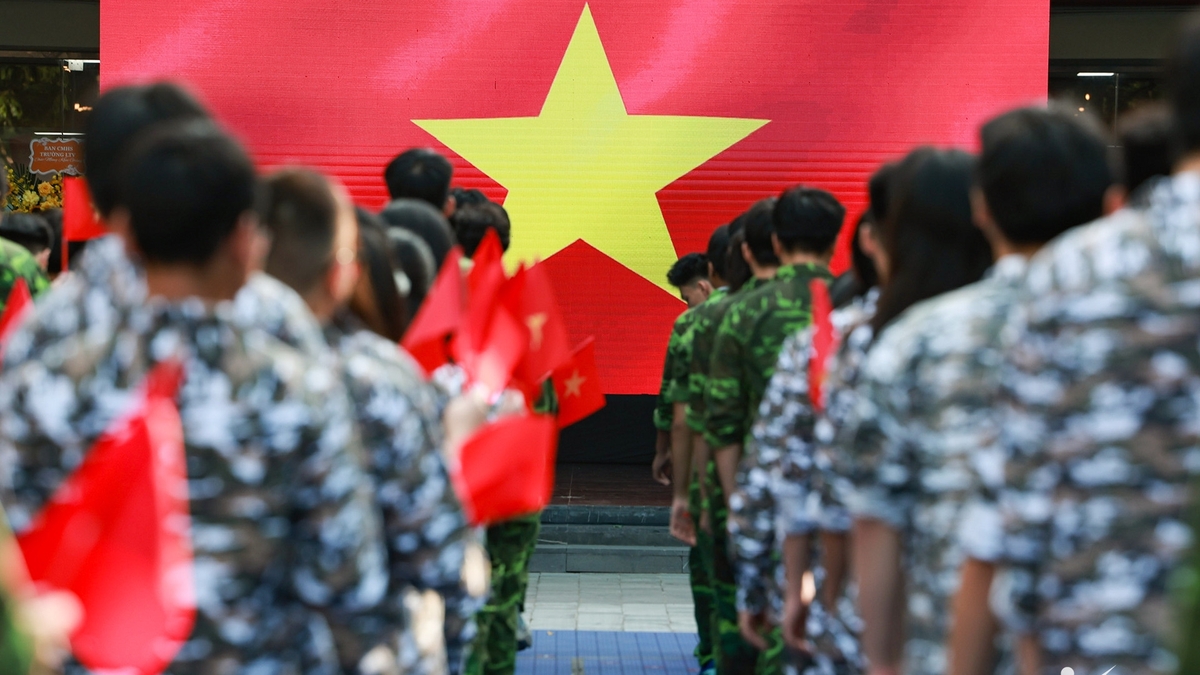


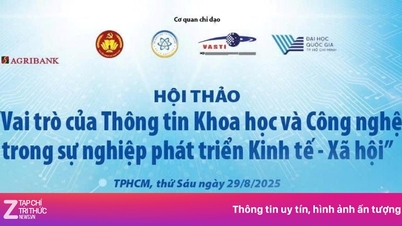

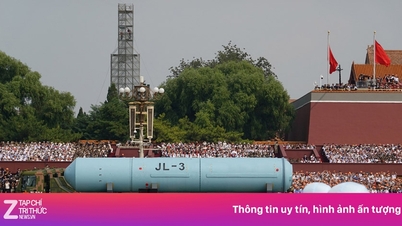


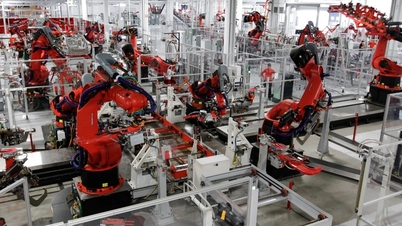




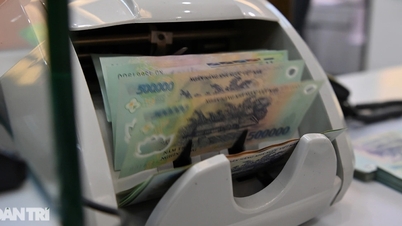
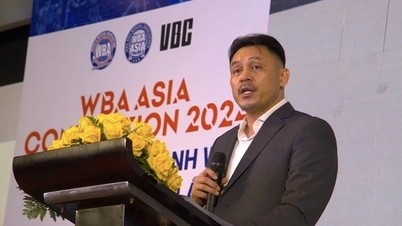
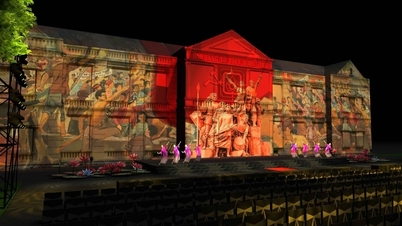
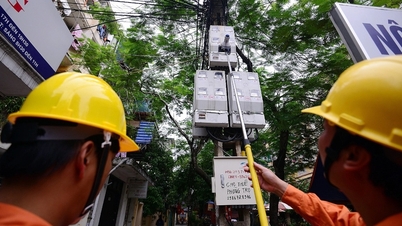
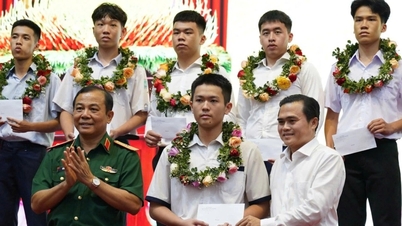

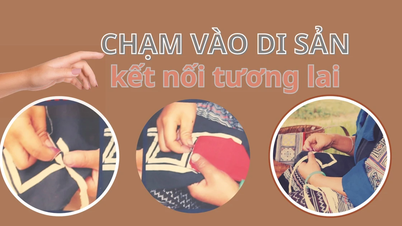

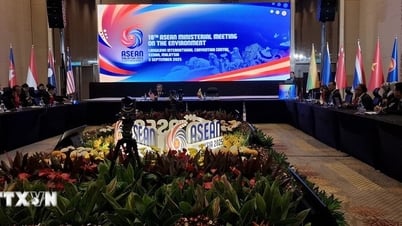



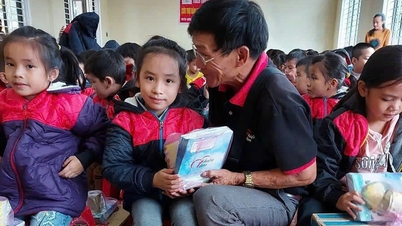




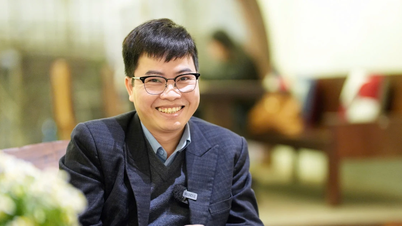

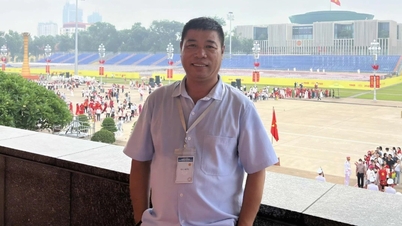
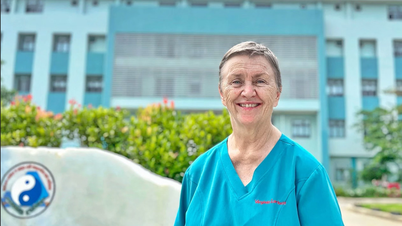







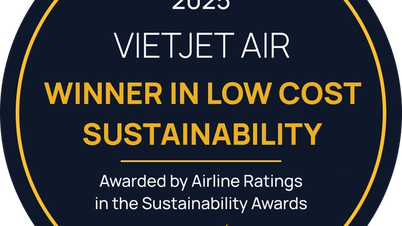
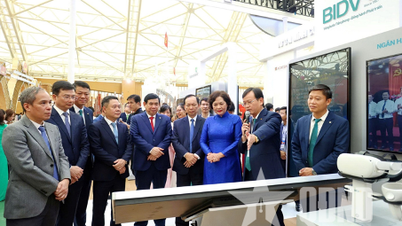







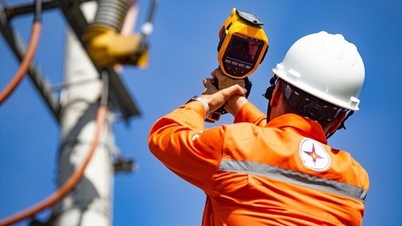





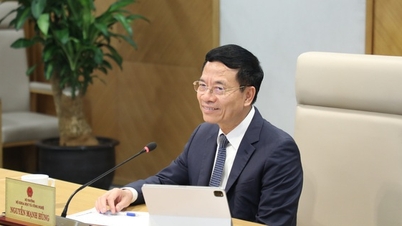

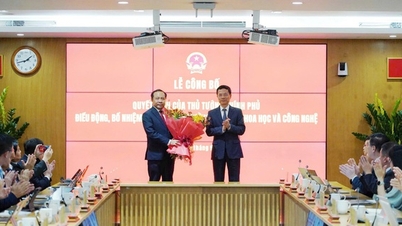
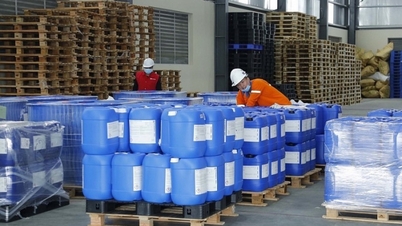


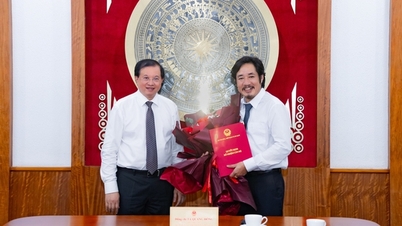


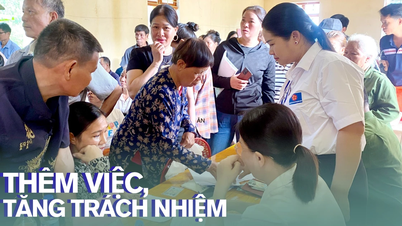
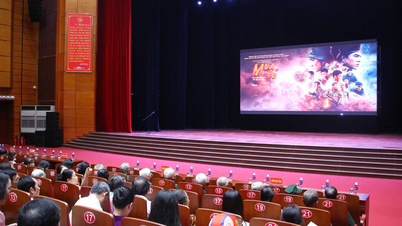

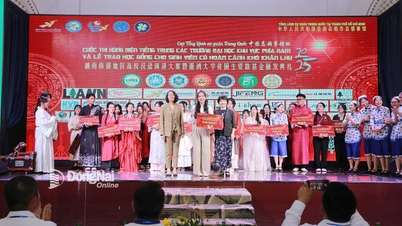



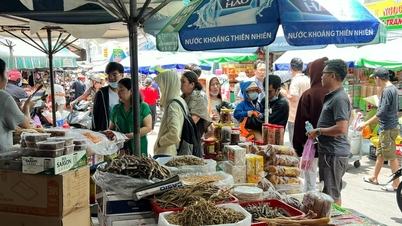






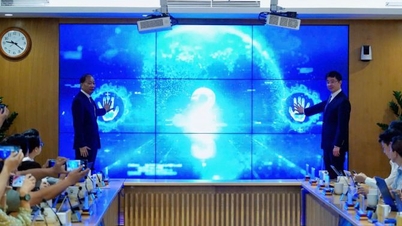
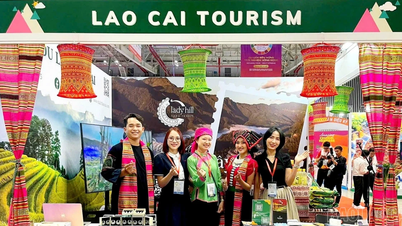



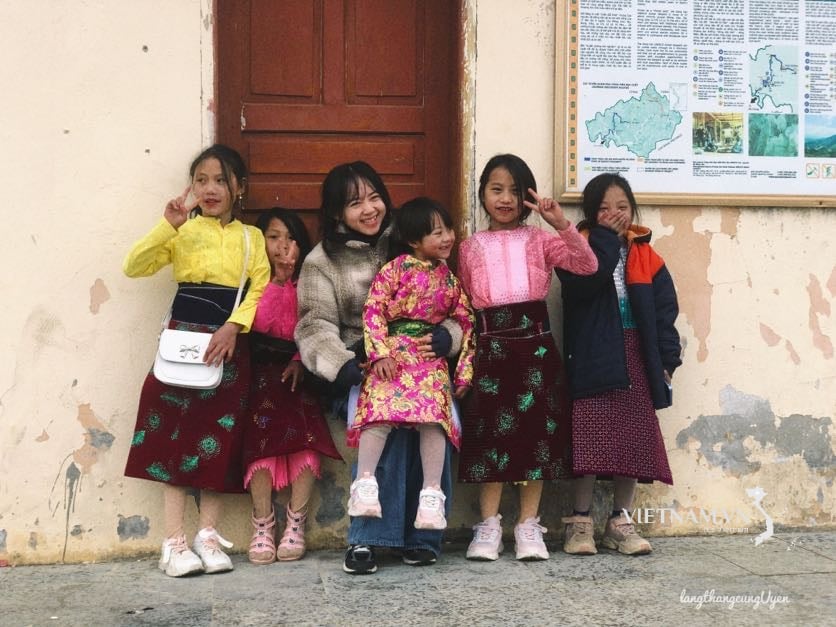
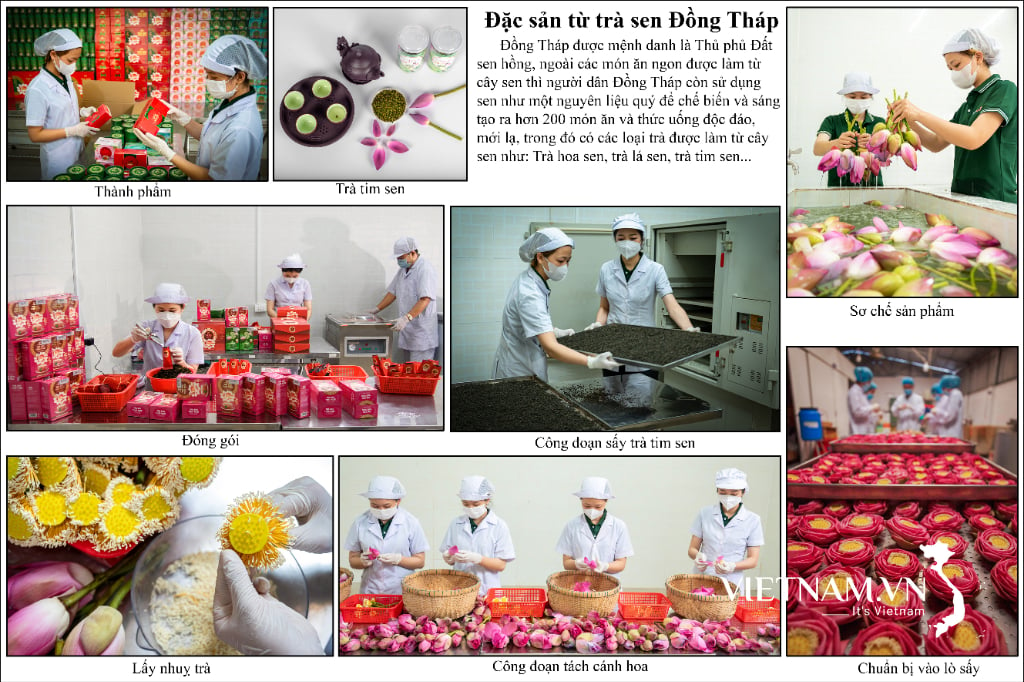


Comment (0)